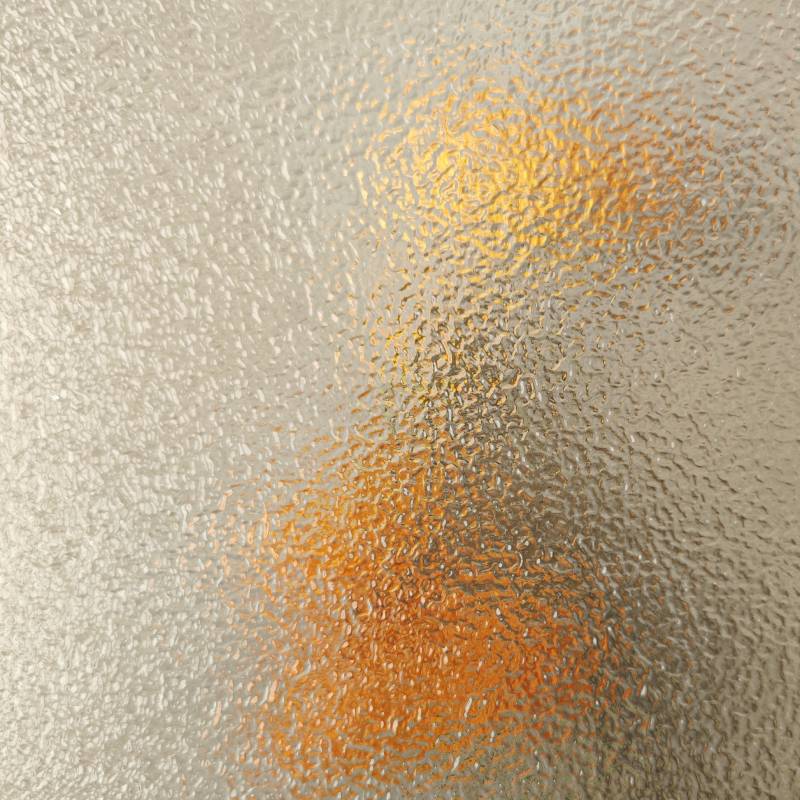

Ultra-Transparent Glass The Future of Vision and Design
In the world of materials science, the pursuit of transparency has always been a fascinating endeavor. Ultra-transparent glass, which offers remarkable clarity and minimal distortions, is emerging as a pivotal innovation, particularly in architecture, electronics, and everyday consumer products. This article explores the properties, applications, and future potential of ultra-transparent glass, shedding light on why it is becoming a crucial material for modern design and functionality.
What is Ultra-Transparent Glass?
Ultra-transparent glass is defined by its exceptional clarity, allowing for high levels of light transmission while minimizing reflections and distortions. Unlike standard glass, which may diffuse light and exhibit imperfections, ultra-transparent glass is engineered to achieve extraordinary clarity. This is often accomplished through a combination of advanced manufacturing techniques and specialized materials, including silicon dioxide or innovative polymer blends.
One of the prominent characteristics of ultra-transparent glass is its ability to block UV rays while allowing a substantial portion of visible light to pass through. This dual function not only enhances visibility but also protects furniture, artworks, and other elements from the harmful effects of ultraviolet radiation.
Applications Across Various Industries
The uses of ultra-transparent glass are vast and varied. In architecture, it can transform both interior and exterior spaces. Buildings can utilize this material for facades and windows, creating seamless connections between indoor and outdoor environments. The unobstructed view allows for natural light to flood into the space, reducing the reliance on artificial lighting and fostering an environment that is more conducive to well-being and productivity.
In the realm of electronics, ultra-transparent glass is playing a significant role in the development of displays—particularly in smartphones, tablets, and televisions. Manufacturers are exploring how this glass can be used to create screens that offer crystal-clear images, while also being more durable and resistant to scratches. As technology continues to evolve, the integration of ultra-transparent glass into device designs promises to enhance user experience significantly.

Moreover, the automotive industry has also begun to incorporate ultra-transparent glass in vehicle design, particularly in windshields and sunroofs. The advanced optical properties of this glass can provide drivers and passengers with clearer visibility, thereby enhancing safety. Additionally, the potential for reducing glare can make driving more comfortable during sunny conditions.
A Step Towards Sustainability
Beyond its aesthetic and functional qualities, ultra-transparent glass aligns with growing sustainability trends. The material can be designed to improve energy efficiency in buildings, which is of paramount importance in combating climate change. By maximizing natural light, buildings can reduce energy costs associated with artificial lighting and reliance on heating systems. Furthermore, advancements in glass technology are making it possible to create eco-friendly production processes, reducing the carbon footprint associated with glass manufacturing.
The Future of Ultra-Transparent Glass
As research and development in material science continue to advance, the future of ultra-transparent glass is bright. Innovations such as self-cleaning surfaces and the integration of smart technologies will likely evolve, allowing the glass to respond to environmental changes or even provide augmented reality experiences. The marriage of ultra-transparent glass with smart sensors could lead to interactive surfaces that enhance information display while retaining excellent optical properties.
Moreover, expanding the accessibility of ultra-transparent glass is crucial. As costs decrease and production techniques improve, we can expect this material to become more commonplace in everyday applications. Everything from home décor to office equipment could benefit from the aesthetic and functional advantages of enhanced transparency.
Conclusion
Ultra-transparent glass represents a remarkable advancement in the field of materials science, with wide-ranging applications in architecture, electronics, and beyond. Its unique properties not only enhance aesthetic appeal but also contribute to sustainability efforts. As technology progresses, the future of ultra-transparent glass seems boundless, potentially transforming how we perceive and interact with the world around us.